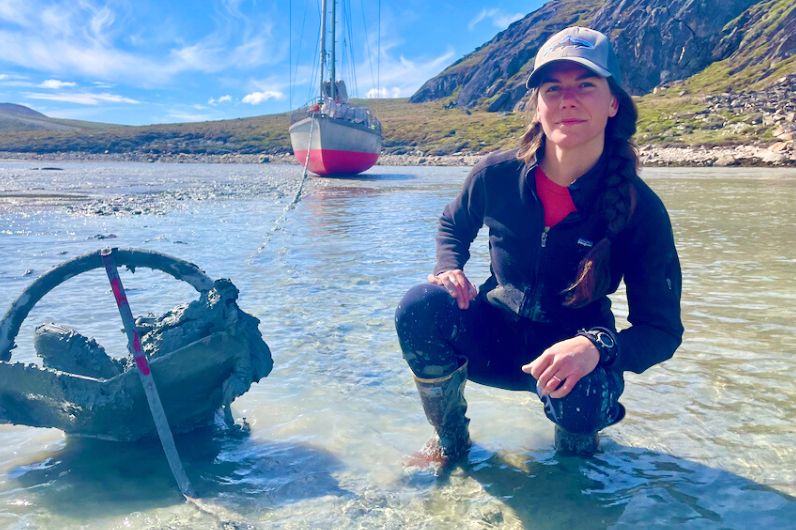
Julia Prinselaar
If you’ve been thinking about taking Yachtmaster training, do it. The offshore qualification opened a big door to a professional life of adventure. I started a career change at 36 — it’s not too late.

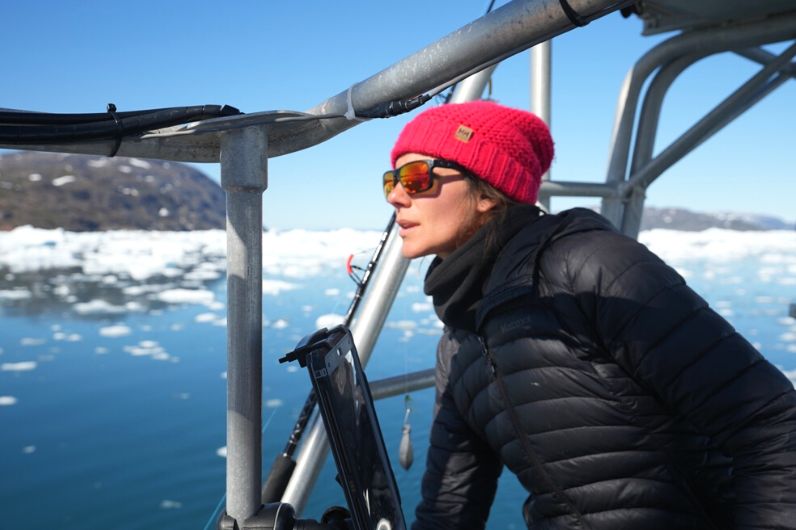
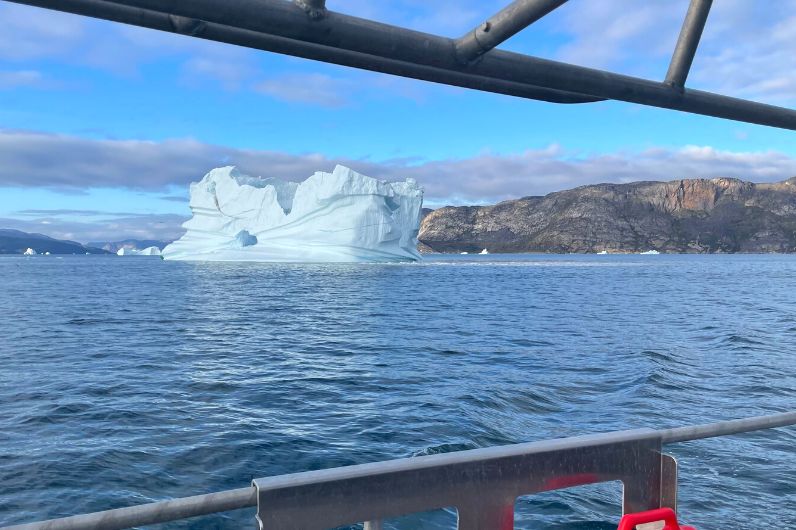
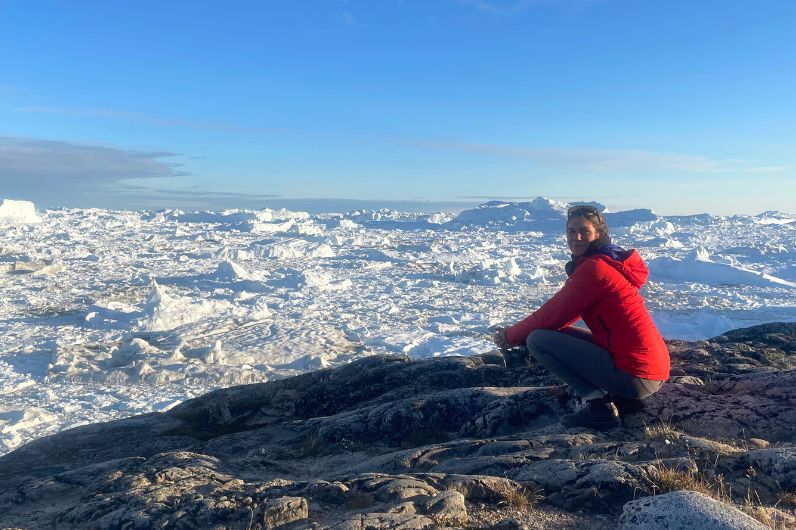
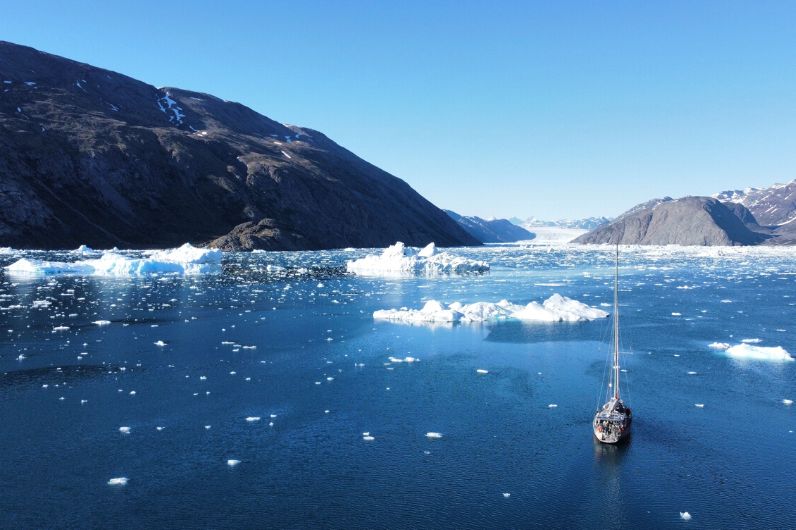
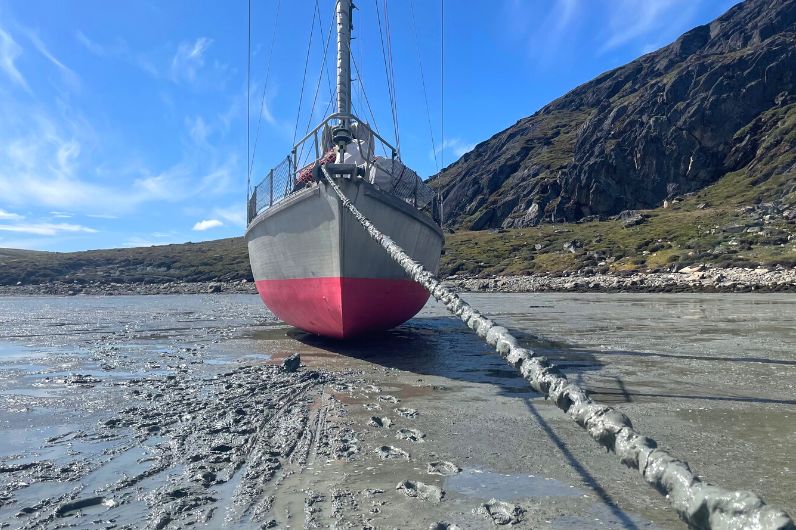
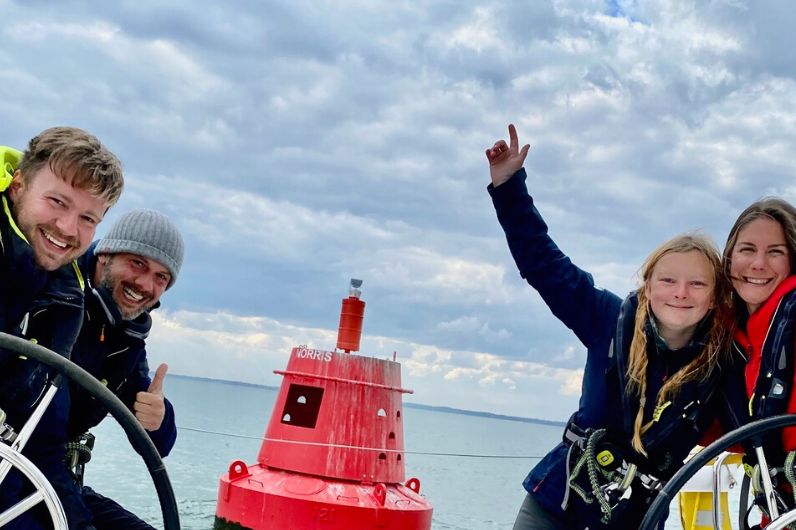
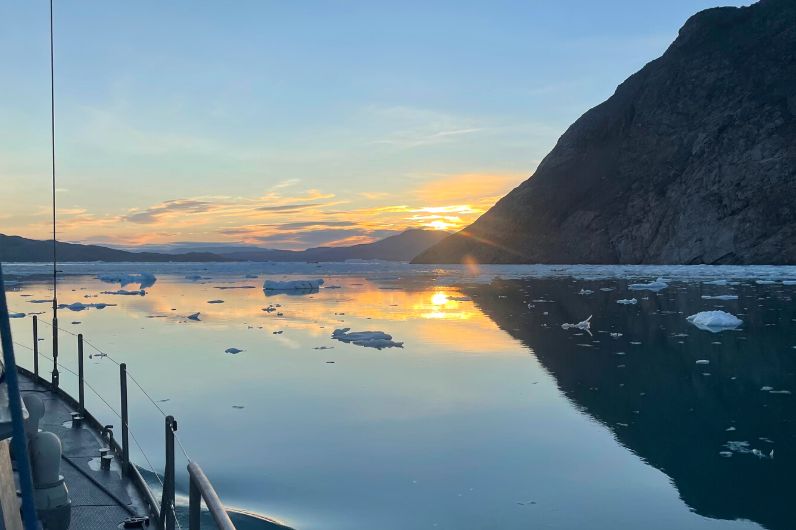
Taking one of UKSA’s many courses can help you secure a rewarding job and embark on an exciting career in the maritime industry. Julia Prinselaar, a graduate from UKSA’s Professional Yachtmaster Offshore courses, shares her story:
What were you doing before you came to UKSA?
I was working for an environmental non-profit organization, developing and delivering conservation programming in northern Ontario, Canada.
How did you hear about UKSA and what made you do the Professional Yachtmaster Offshore course with us?
I heard about UKSA through my husband, a British sailor. I needed the Yachmaster Offshore qualification to work as mate in a Cat 0 commercial vessel operating in the high latitudes of Greenland and Arctic Canada. The timing of the course fit really well with our schedule, allowing me to complete my studies at the end of April and begin work in the marine industry in May 2022.
Before joining the course, had you already gained any sailing experience or qualifications?
Yes. My husband and I live part-time on our own steel cruising yacht, a 45′ Damien II currently based in New Zealand.
What do you currently do now?
I am First Mate of ‘ArcticEarth’, a 56′ aluminium expedition sailing vessel that works with scientists and documentary filmmakers operating in Greenland and the Canadian Arctic (www.arcticearth-charter.com). Together with my husband, (Captain) Magnus Day, we also run High Latitudes, consulting with private yacht owners who wish to take their vessels into polar regions north and south.
Describe your typical day and duties
My duties can be broken down into two parts: Boat prep and delivery for the season + daily operations. As captain and mate, my husband I are a two person team and support each other in all aspects of running the boat. In the spring I prepare the boat for a season of operations. That includes provisioning, cleaning, rig checks and systems maintenance like servicing the engine, heating system and navigation instruments. Then we sail the boat from Maine, USA to Greenland for the summer. Eastern Canada and Greenland are notorious for fog, so we use radar a lot to help navigate at all hours.
When we’re within 150 miles of Greenland it’s time to keep a lookout for icebergs. Fortunately the sun doesn’t fully set in the high latitudes during summer, so we get a break from the dark for a couple of months. At the end of season we cruise south, going from 70 something degrees latitude in Greenland or Arctic Canada to 45 degrees latitude in Maine. My daily duties involve everything from client care to boat systems maintenance and ice piloting, which is my favourite part!! On a typical day I’m up before the guests with coffee and breakfast prepared.
While everyone eats, I’ll do engine checks and weigh the anchor, which often means donning a set of gloves to flake the chain as it drops into the anchor locker — a lot of Greenland has muddy but solid holding. We spend a lot of time exploring uncharted waters, so once the anchor is up I’m at the helm, keeping my eyes on the depth sounder to take the boat to our next destination — usually a nearby fjord or glacial front.
A lot of this involves ice piloting, so one crew will climb the mast with a handheld VHF to communicate with the helmsperson and give directions on where to steer the boat. ‘ArcticEarth’ has a sturdy aluminium hull that is built for this environment — we easily nudge past brash and ice-bergy bits. When we’re around large icebergs and glacial fronts we keep a safe distance in case of a large calving event.
Throughout the day I ready the sails, keep them trimmed and helm while we’re making way. When I’m below deck I prepare meals and work with clients to get them ready for the next destination. We often cook up some kind of off-piste adventure with our guests, which might be tucking the boat in front of a waterfall and hooking up a hose to fill our water tanks. Or if we find a bay with just the right conditions, we’ll lift the keel and beach the boat as the tide goes out, leaving ‘ArcticEarth’ bare-bottomed in the mud while we go for a hike nearby.
Where do you see yourself five years from now?
In five years I’d like to complete my Yachtmaster Ocean qualification, sail to Antarctica, and continue pursuing high latitude sailing, consultancy and vessel design.
What advice would you offer someone considering training at UKSA?
– If you’ve been thinking about it, do it. I started a career change at 36 — it’s not too late.
– Hard work pays off. It’s a fast-tracked course with a steep learning curve, but the commitment is worth it.
Find out more:
Photography credit: Thanks to Mangus Day, Julius Wirbel and Compass Light Films.